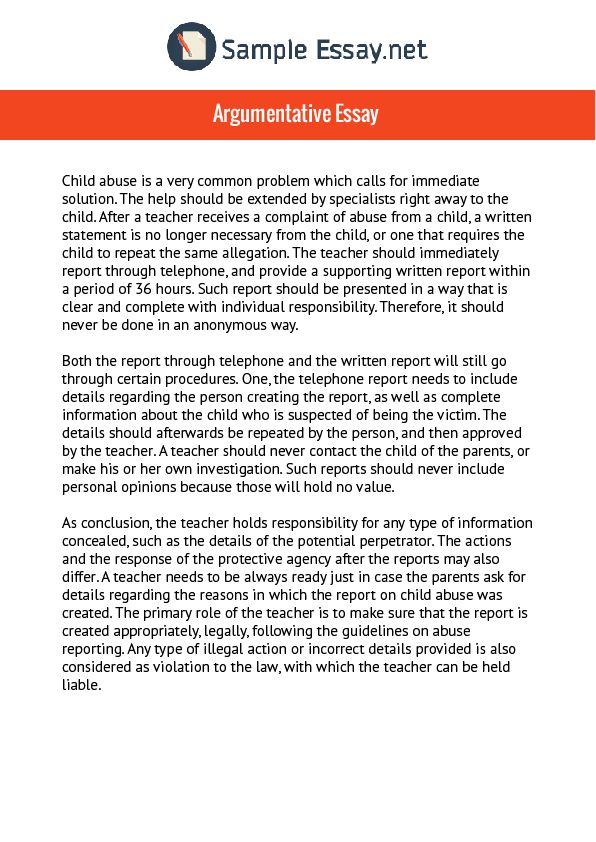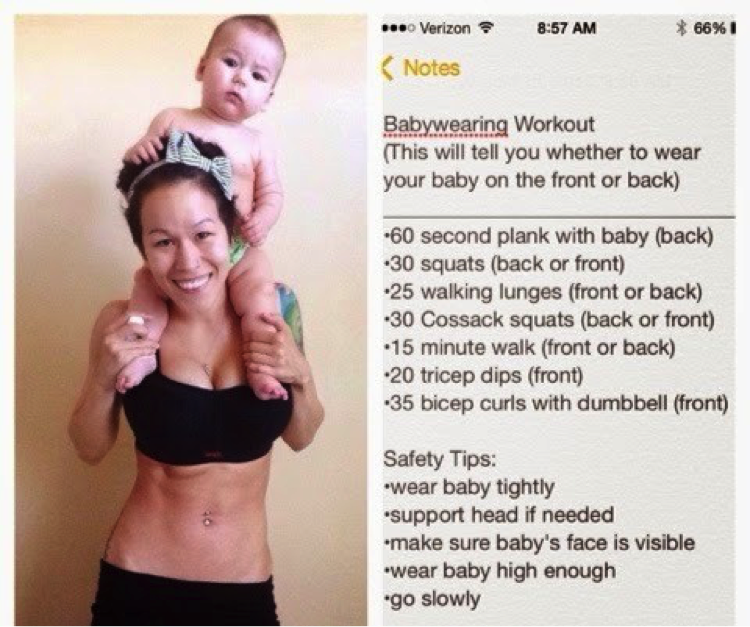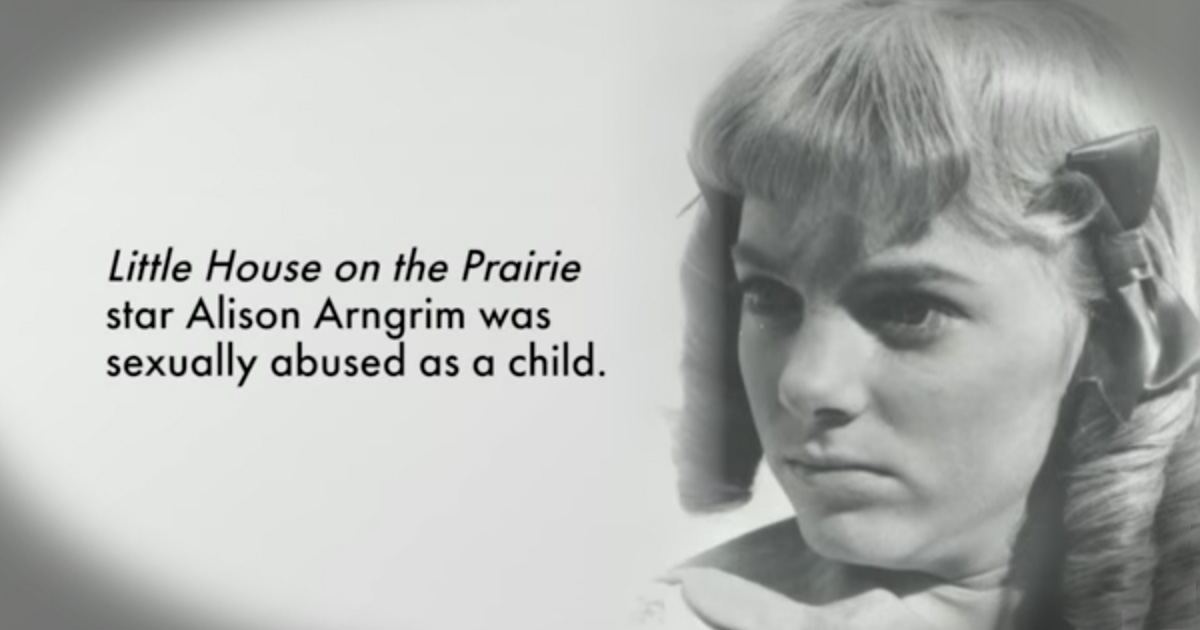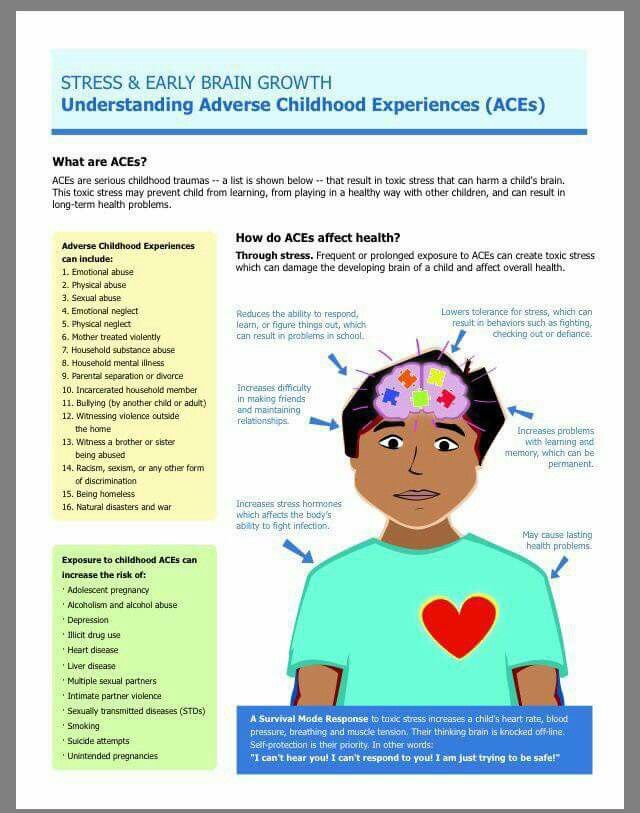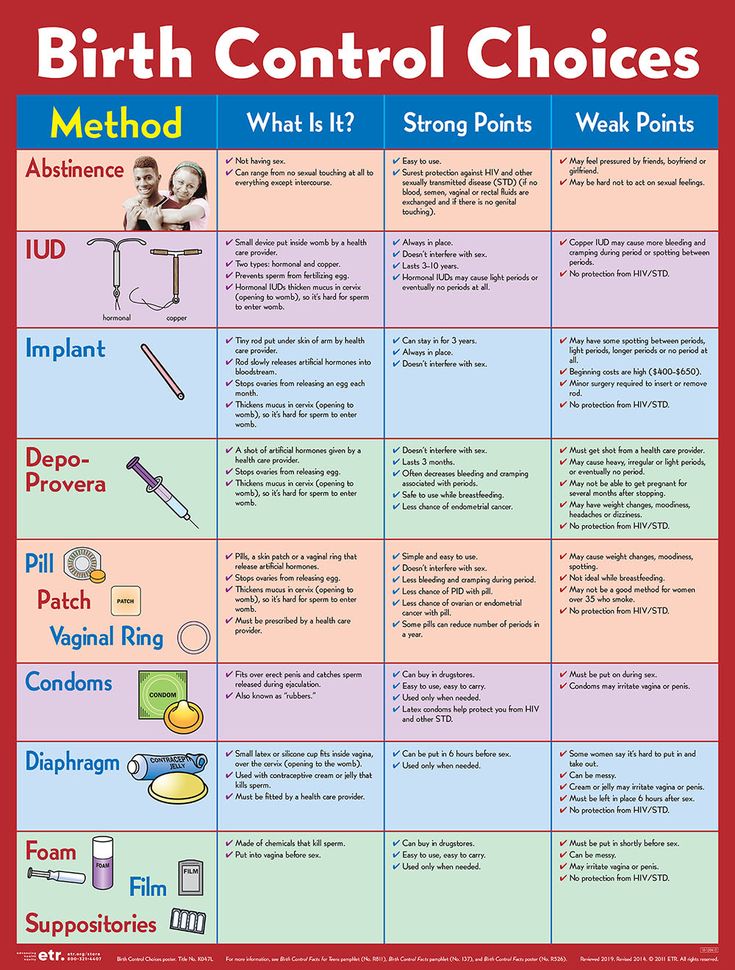How old should a child be to write their name
How to Teach a Child to Write Their Name: Simple Steps
- Share
If you want to learn how to teach a child to write their name for the first time, it can be tempting to whip out a piece of paper and start tracing letters.
If your child is still in preschool, she needs to develop important pre-writing skills before moving onto pen and paper.
Read on to find out how you can go about preparing your child and eventually teaching her how to confidently and correctly write her name.
When Should a Child be Able to Write Their Name?
Firstly, you may be wondering if your 3 or 4-year-old should be able to write their name or why you are practising so often and your child is still not properly writing it.
It’s important to understand that children first start randomly forming and experimenting with letters as part of the developmental stages of drawing.
Scribbles and lines turn into loops and spirals and then shapes.
At some point, between 2 and 4, shapes that vaguely resemble letters start to emerge (like the capital letter T or V). These are not yet necessarily formed on purpose.
At around the age of 4, your child will probably start to “write” on his drawings, which means he is experimenting with forming letters he sees often – in his environment, his name written on his artwork, etc.
He may proudly announce that he is writing. Your child is probably more exposed to his name than any other word if it’s written on his belongings, his artwork and especially if a parent is trying to practise it often.
The simple answer is don’t worry about it. There is no age that your child must know how to write his name. It will probably start emerging around 4 years, maybe a little earlier or later.
If your child is too young developmentally to be expected to write, then the same applies to his name.
While it is inappropriate to start teaching and expecting your child to write, it is understandable that you may want to practise just his name.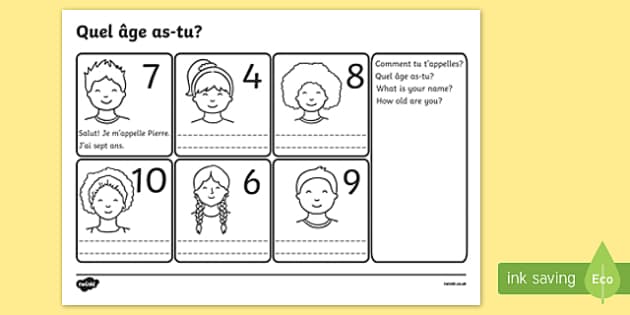
There are ways to do this that are fun and developmentally appropriate and that will not cause stress or worse, boredom!
Should Children Write their Names with Capital Letters
It is easier for a young child to learn their name in capital letters first, as these are made up of simpler lines and curves.
Your child will also experience more success when actually being able to form the capital letters.
While many still believe in only capitalizing the first letter, this article on teaching capital letters first is an excellent explanation of why it’s best not to introduce a young child to lower-case letters.
The occupational therapist states:
“No matter how excellent the instruction, not all five-year-olds have the underlying spatial-temporal perceptions or visual motor skills to support learning lowercase.”
When a child learns to form the letters incorrectly, it becomes more difficult later on to form the letters properly.
Here is a common example of how children write a letter ‘a’ when they don’t have fine motor control yet, or they have not been taught the correct formation.
They tend to draw a circle and then attach a line or stroke onto the side. This will not be an easy habit to undo.
Here is an example of how to teach an older child the correct formation. Start at the top, go around to the left, all the way back up, then straight down.
This particular font has a flick at the bottom. Some schools use a font similar to this, or one where the ‘a’ has a straight line without a flick.
This does not matter too much. It is more important to focus on the correct direction and to not lift the pencil to form the line going down.
How Do You Teach a Child to Write Their Name?
Writing is a process of developing many skills, and the very last step in that process is writing letters on a piece of paper with a pencil or pen.
Children begin writing by the first grade because by then they have developed the necessary fine motor control to write correctly and control their pencil.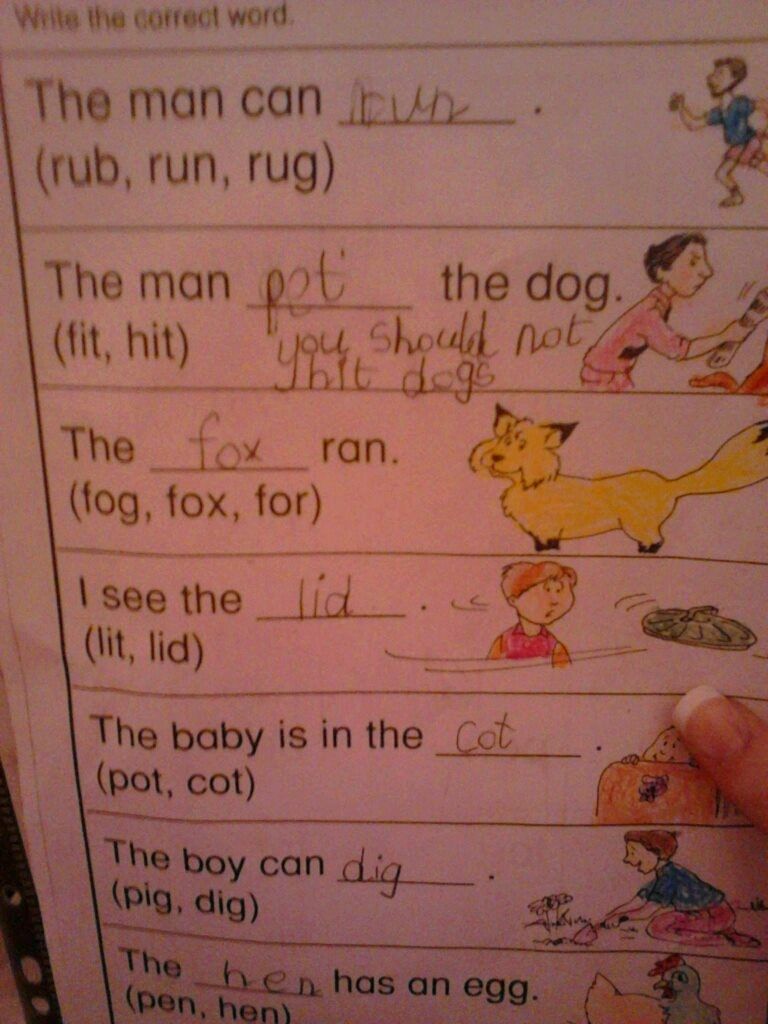
For preschool children, the first step in the puzzle is to develop their fine and gross motor skills, and later to start learning to write their names by being introduced to letters in many different informal ways.
Put away the worksheets, boring traceables, online apps and any other activity that isn’t play-based.
There’s a reason children are wired to play for the first few years of their life. It’s how they learn. Everything else is a waste of time.
Here is a quick breakdown of the steps involved in teaching your child to write their name. Watch the video or read the steps below.
1.
Develop General Fine and Gross Motor SkillsIn order for children to be able to write – a skill that requires fine motor control – they need to first develop their gross motor skills.
Think of this as starting large and going smaller over time.
Gross motor skills can be built through everyday movement and play activities.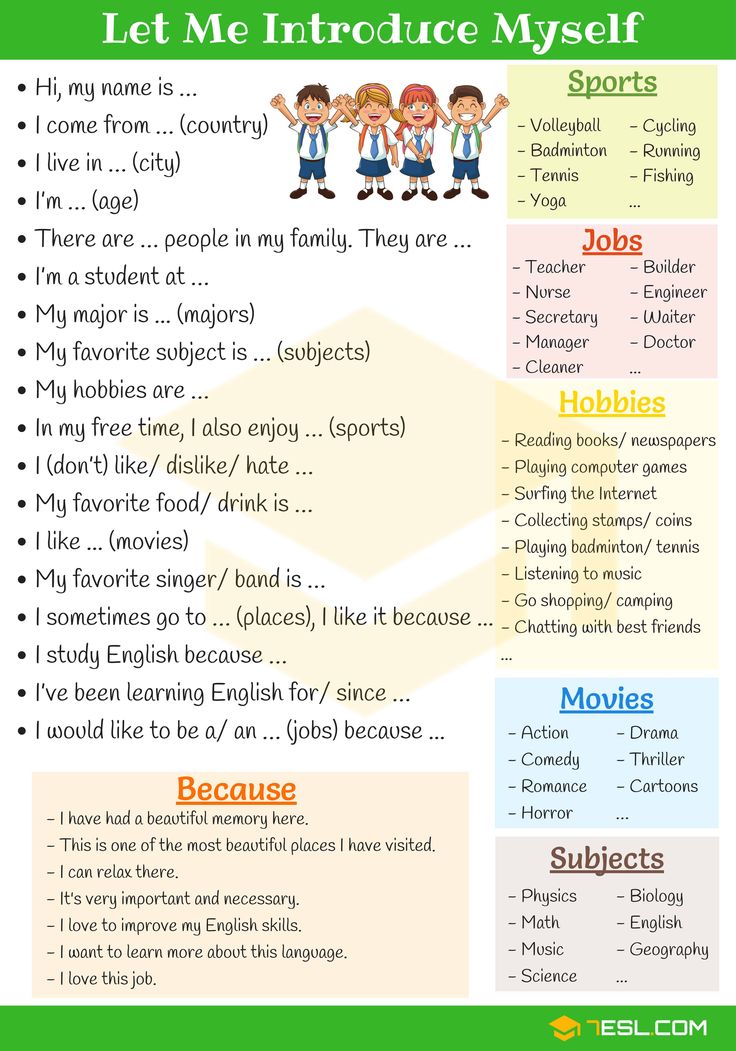
Children should experience movements such as climbing, running, swinging, jumping, skipping and playing with balls.
They will naturally develop these muscles during free play and you can also play games with your children to specifically work on these skills.
Children develop their gross motor skills first and later their small muscles strengthen.
Fine motor activities include drawing, painting, playing with beads, using pegboards, threading, lacing, etc.
These are all vitally important as children must have good muscle control before they can hold a pencil and write.
Start with these fine motor skills toys you probably already have at home.
2. Let Your Child See Their Name Often
An important step in learning to write a name is name recognition.
A child who sees her name often will start to understand what it represents, imprint it in her memory, and have greater success when attempting to write it.
Write your child’s name on the top left-hand corner of her pictures. This also teaches how we write from left to right and top to bottom in English.
This also teaches how we write from left to right and top to bottom in English.
Label her belongings, her bedroom door if possible and any other places that are appropriate.
To help you teach the letters, print your child’s full name out in big on a piece of paper or banner and keep it visible during all the following activities.
3.
Walk the LettersUsing chalk, draw one letter at a time of your child’s name in huge letters on concrete or paving. The letters should be big enough for your child to walk around them.
Practise correct formation by starting in the correct place and moving along the letter in the correct sequence. Use language to explain the formation.
Let’s start here. Walk all the way up. Turn around and go down all the way to the bottom.
4.
Use Messy PlayMessy play is the best way to teach name recognition and writing. Focus most of your attention on these kinds of activities.
Try to use all the senses if possible – touch, sound, smell, taste and sight. When more senses are incorporated, the concepts are learned quicker and associations are made.
This post contains affiliate links for educational products that I personally recommend. If you purchase through one of them, I earn a commission at no extra cost to you. Read the terms and conditions for more details.
The messier the activity is, the more likely your child will remember the letters they were playing with and their shapes.
- Use a large paintbrush dipped in water to trace over medium-sized letters drawn in chalk on the paving.
- Form letters in shaving cream.
- Form letters in a tray of sand or in the sandpit.
- Bake letter cookies.
- Say the letter sounds out loud as you form them (not the name ‘bee’ but the sound ‘b’).
- Write the letters on big pieces of sandpaper and get your child to trace them.
 Feeling the rough texture is an excellent way to imprint the formation in your child’s mind.
Feeling the rough texture is an excellent way to imprint the formation in your child’s mind. - Use finger paint to trace over letters on large paper.
- Using playdough, build each letter in the name. Try making something that starts with that sound.
5.
Play with LettersLet your child play with plastic, foam, rubber or wooden letters.
Feel the letters and trace them with your fingers. Build your name with the letters. Say the sound of each letter.
Fridge magnets are a great way to play with and feel letter shapes.
6. Do
Pre-Writing ExercisesMaking lines and patterns is a great way to introduce the shapes and formations found in letters. Try these pre-writing exercises too.
7.
Start Tracing LettersWhen your child is older (and ready) and you have practised letters in multiple ways, they can start tracing big letters on paper.
- Print each letter onto an A4 paper.
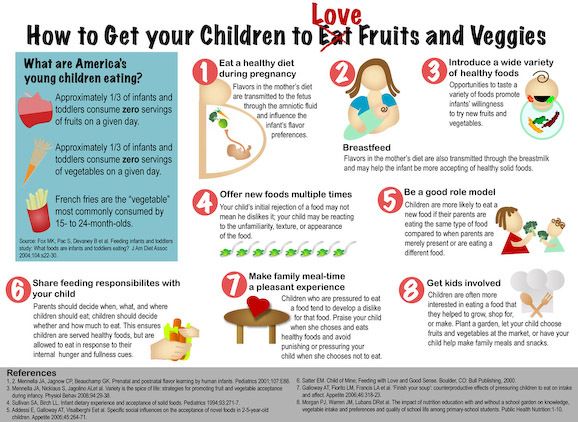
- Get your child to trace over each letter with their finger.
- Ask them to trace that letter onto your back.
- Then take coloured wax crayons and trace the letters a few times.
Over time, you can start to decrease the size of the letters. Print your child’s name in grey letters or dotted letters and ask them to trace the letters in pencil.
Later, write their name softly on their work and get them to trace over it, until they are writing it independently, using the correct formation.
If your child experiments with writing their name before the process is complete, don’t stop them. Allow them to experiment with writing freely.
Remember to have fun and let your child progress through the steps at her own pace.
Get FREE access to Printable Puzzles, Stories, Activity Packs and more!
Join Empowered Parents + and you’ll receive a downloadable set of printable puzzles, games and short stories, as well as the Learning Through Play Activity Pack which includes an entire year of activities for 3 to 6-year-olds.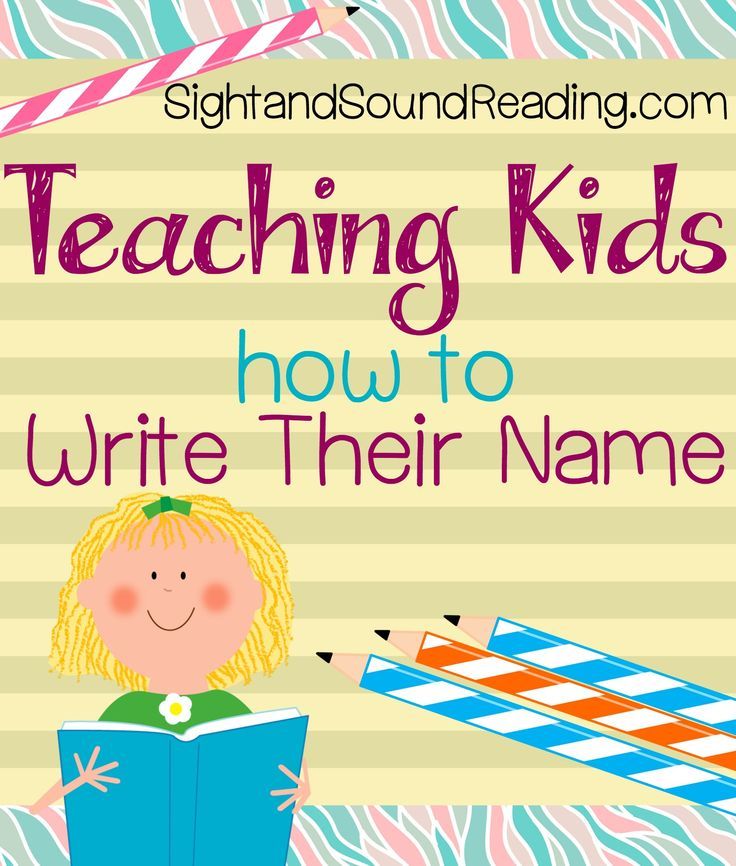
Access is free forever.
Signing up for a free Grow account is fast and easy and will allow you to bookmark articles to read later, on this website as well as many websites worldwide that use Grow.
- Share
When should I teach my child to write their name?
When should I teach my child to write their name?
May 6, 2018 by admin 57772 0 7
For Children, writing their own name is a huge milestone. They can identify themselves, they can identify their belongings and… if they are anything like most kids, they can graffiti it on tables, walls, toys and beds and then blatantly deny it to your face!
But even we, as parents, feel this sense of achievement when our child can write their name, it’s one of the first literacy milestones they make and there is a big stigma around it…
But did you know we can actually hinder the process if we teach them to write their name before they are ready!
The norms for learning to write your name differ significantly amongst our young people and we need to acknowledge this as every child develops at a different rate! Age is not the deciding factor for knowing if your child is ready to write.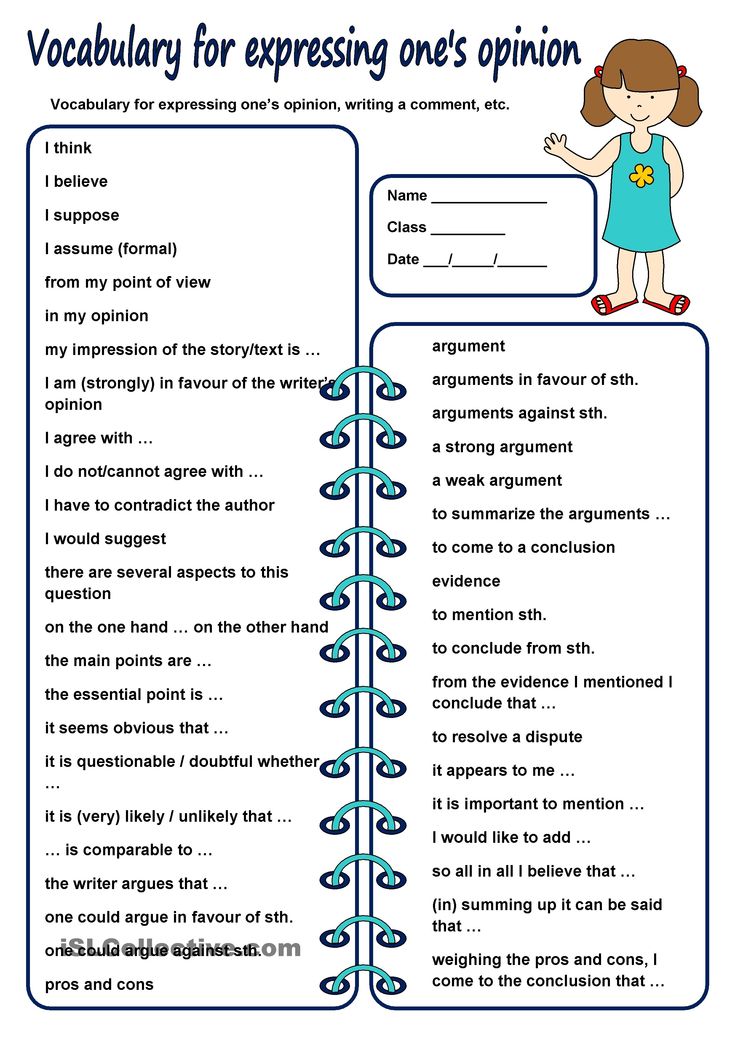 There are developmental milestones that aide the process – things like midline crossing, visual perception skills (including memory), fine motor skills, understanding the concepts of letters and functional gross motor skills all need to be at a certain level to be able to learn writing.
There are developmental milestones that aide the process – things like midline crossing, visual perception skills (including memory), fine motor skills, understanding the concepts of letters and functional gross motor skills all need to be at a certain level to be able to learn writing.
Some children will learn to write their name when they are 2 or 3 (this is rare, don’t feel like your 3 year old should be able to write their name) while others are still having difficulty when they are in year 1 (this is something that I would certainly be working on, but I see it often enough to know its common).
A general rule of thumb is that by the time they start kindergarten we would LIKE children to be able to:
- Identify their name (find it amongst others, even similarly spelt names) and
- Write their name so that adults can recognise it – It doesn’t have to have correct letter formation (although that helps) and it doesn’t have to be written on a line or anything formal like that (in fact I would encourage them not to have a line to write on initially – just a blank page).

What happens if they learn too young?
If a child is encouraged to write before they are ready you will often find:
- They write in individual vertical and horizontal lines to form the letters they see rather than using curved and intersecting lines.
- Due to this, letter formation habits are formed incorrectly and bad habits have started. Keep in mind that the longer a child writes for with incorrect letter formations the harder it is to correct and in the long term their writing is harder to read.
- When a task is hard for a child they often give up – so if a child isn’t ready to write and they find it hard,they will end up not liking writing and the task will have a bad stigma in their mind!
- A child needs to have appropriate ‘visual perception’ skills in order to perceive the letters they are writing – this comes with development, its not something parents can rush! otherwise you get reversals or flipped letters (vertically flipped.
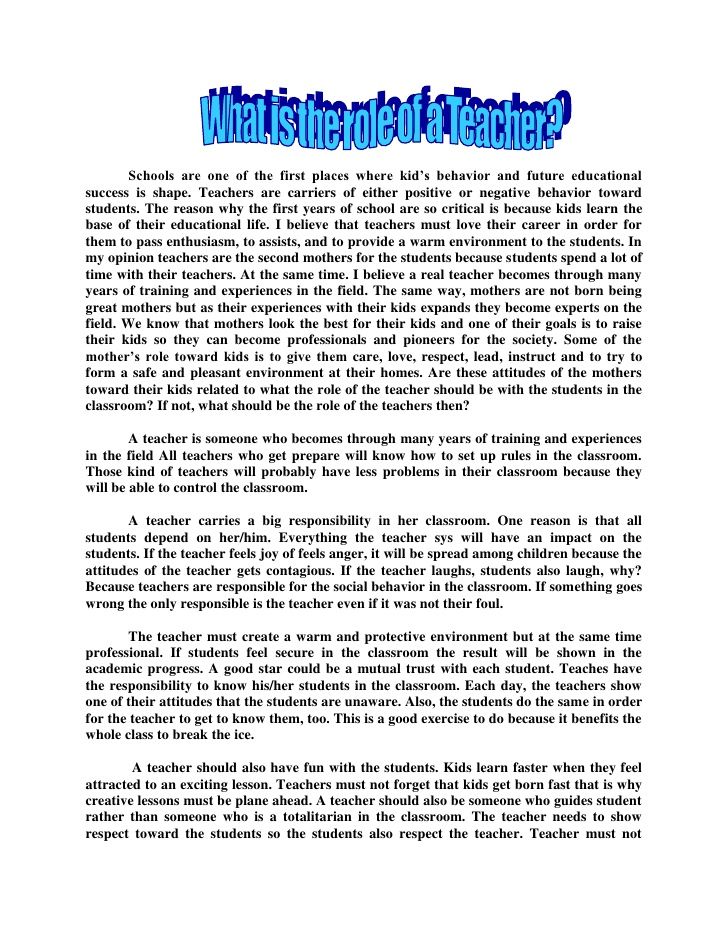 )
)
But please note letter reversals are typical up until the age of 7.
How do I know when my child is ready to learn to write?
Children will be ready at different times and we need to accept that (My twin boys, who had exactly the same exposure and upbringing had about 5 months between the time the first twin was ready and the second twin was ready to learn to write.) Generally speaking – children tend to let you know when they are ready here are a few clues:
- Their drawings start to actually look like what they mean to draw (not just random marks and scribbles)
- They can copy basic lines (vertical, horizontal and sometimes diagonal),
- They can copy basic shapes (circle, square, cross and sometimes triangle) with some resemblance.
- They become interested in letters and will verbalise the letter names and/or sounds or ask questions about letters and numbers they see in their surroundings.
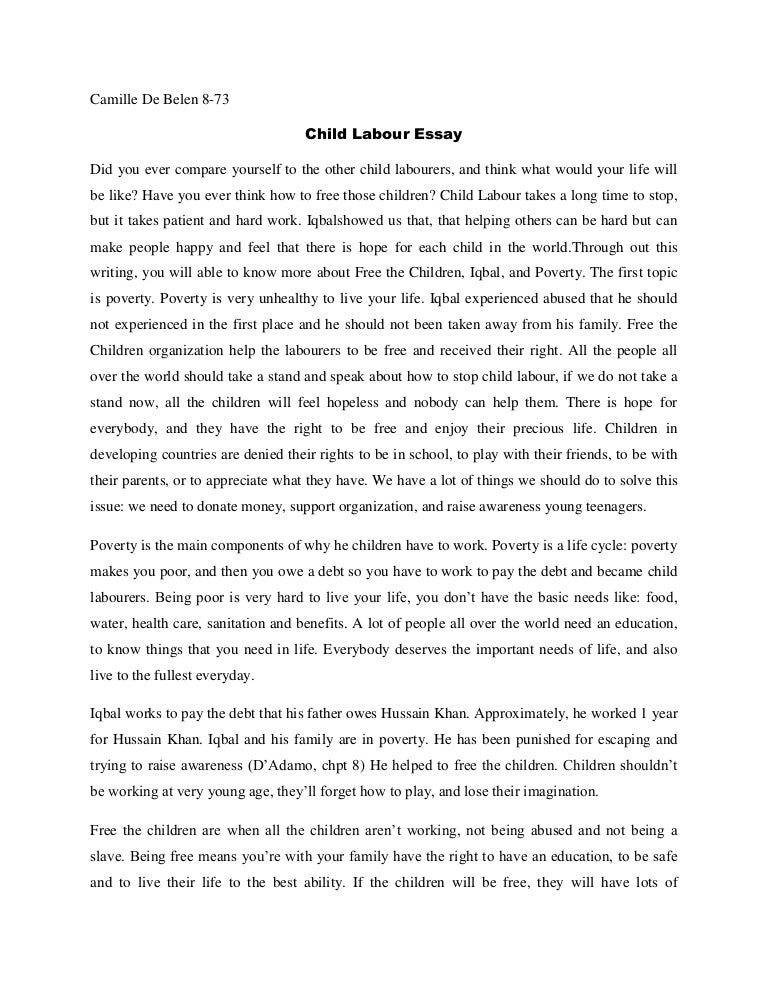
- They orientate pictures the correct way, if your child is handing you pictures upside down they are not ready for writing (this is common in children who are 2 and 3, so don’t panic, just don’t start writing yet.)
- They can differentiate between similar letters like b,d,p,q. When a child can identify that a stick and a ball at the top (p) is different to when there is a stick and a ball at the bottom (b) this is a good indication that their body awareness and understanding of positioning are developing ready for writing.
But please note letter reversals are typical up until the age of 7.
What should I do if my child is taught too early by mistake?
If these occur, stop the process and take a step to the side – depending on your child’s age there are different strategies you can use:
- Go back to practicing letter formations in isolation, just 1 letter at a time.
- Then put them back into their name and other words
- Stay calm, don’t make them stressed about the process
- Rubbing their work out all the time doesn’t actually help very much it may in fact hinder the process, keep their mistakes there for them to see so they can correct them.

- Ask your teacher for ideas
- Seek out an Occupational Therapist for ideas!
How do I help my child get ready to write?
As with most OT skills Fine Motor skills are essential for holding a pencil and writing.
Always work on your child’s fine motor skills first before asking them to control the pencil. Fine motor games such as threading, playdoh, coin manipulation, posting (coins in a money box), pegs in a peg board, independent tool use (forks, spoons, kid safe knives, kids hammer etc).
However, as well as fine motor skills we also require a lot of gross motor skills too! I like to call these skills ‘functional gross motor skills’ as they are essential for learning. Activities like climbing a tree, climbing on play equipment, ball skills – throwing, catching, bouncing, rolling etc, balance games, coytes, running with skill, skipping and following basic body movements are all great activities.
If you feel your child is falling behind in terms of their development functional development, talk to our OT team!
We are always here to help
Now, the next step is actually teaching them to write it – stay tuned for the second part of this blog coming soon!
A child does not respond to his own name: 5 reasons and recommendations
There may be several reasons why a child does not respond and does not respond to his own name at all. At the same time, the nature of such behavior is often hidden not only in the banal ignorance of adults, but is also the result of well-defined diseases.
At the same time, the nature of such behavior is often hidden not only in the banal ignorance of adults, but is also the result of well-defined diseases.
The first thing parents should do when faced with a situation like this is not to panic. Excessive emotionality will not solve the problem and will not help get ahead of the cause of such behavior.
What could it be?
To begin with, it is worth identifying the nature of such behavior of the baby, since further diagnosis of the situation depends on this.
Under normal circumstances, babies respond to their name from 4 months of age until 6 or 10 months of age. This time variation is due to the fact that each child has his own pace of development. And if your baby does not respond to his own name earlier than the indicated terms, then this is not a reason to be afraid of the worst.
On the other hand, by the age of one and a half years, the child should not only understand what his name is, but also be able to perceive and carry out complex assignments.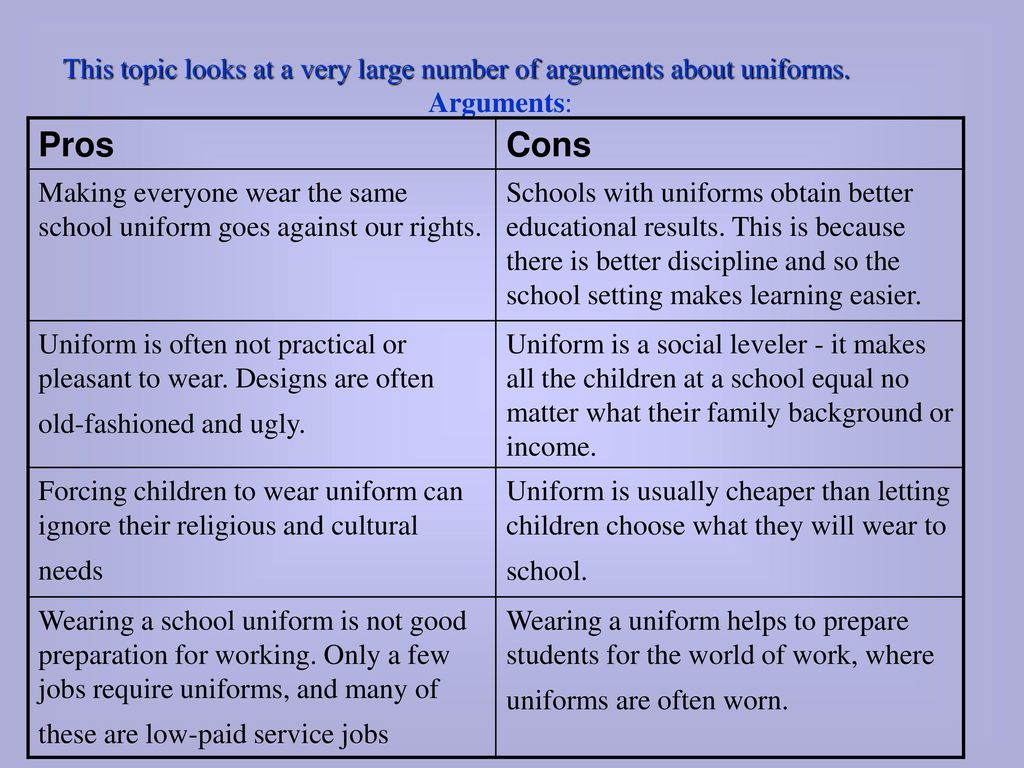 The phrase "Go to the room and fetch the ball" should not cause difficulties, if this does happen, then the examination will be quite justified.
The phrase "Go to the room and fetch the ball" should not cause difficulties, if this does happen, then the examination will be quite justified.
- Ignore . Not the most obvious situation for many parents, when the child simply does not want to communicate with you. It is quite easy to understand that the problem lies in the wayward character, if he still sometimes responds to the name, but more often prefers not to do this, and there are no additional differences in development.
- Hearing problems . The child may be deaf and deal with this situation at a younger age, it can be difficult. However, over time, everything will become clear. Follow the child's attention at the moment when you say something to him. If, without seeing you, he does not respond to speech, then it is quite possible that he simply does not hear you.
- Auditory agnosia or sensory alalia . Refers to speech disorders and is associated with speech recognition problems.
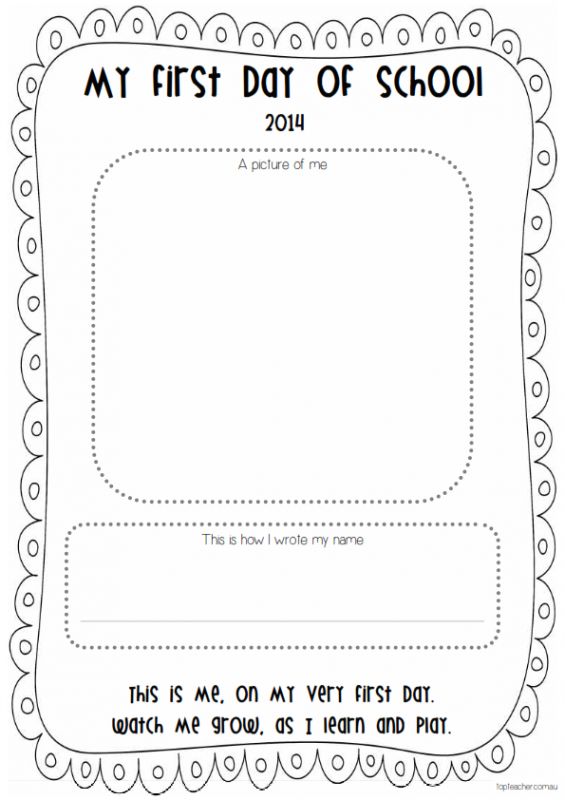 To simplify the situation, the child simply does not understand you. For him, your speech sounds like a foreign language that he has never heard. At first glance, you might think that the child has autism, but this is far from the case. Although similar behaviors, such as the lack of response to the name, requests, complete ignorance of the speaker, are quite natural for such a state. Very often, children simply do not look into the eyes of the parent.
To simplify the situation, the child simply does not understand you. For him, your speech sounds like a foreign language that he has never heard. At first glance, you might think that the child has autism, but this is far from the case. Although similar behaviors, such as the lack of response to the name, requests, complete ignorance of the speaker, are quite natural for such a state. Very often, children simply do not look into the eyes of the parent. - Motor Alalia . This condition affects the ability to speak. The child does not know how to pronounce sounds on a physiological level. Correctly opening the mouth or turning the tongue for him becomes an impossible task. However, this disorder often occurs together with auditory agnosia.
- Autism . There can be several reasons why a child with autism does not respond to his own name, from delays in speech, psychoverbal or mental development to sensory overload. Being with him in the room, you address him directly, while the TV is on, the kettle is noisy and the bird is singing outside the window, you will most likely concentrate on communicating with the child, and all the surrounding sounds will become only a background, but for him the situation looks cardinal otherwise.
 He will not be able to isolate the main sound, and all the noise, hum, voices will be equally strong for him. This leads to the fact that the environment "leans" on the baby, and he experiences an overload that the brain simply cannot cope with.
He will not be able to isolate the main sound, and all the noise, hum, voices will be equally strong for him. This leads to the fact that the environment "leans" on the baby, and he experiences an overload that the brain simply cannot cope with.
Read also: Dyscalculia in children: causes, symptoms, features and tips
But regardless of whether the child ignores you or experiences difficulties of a different nature, it is better to understand the causes and symptoms on your own under the supervision of professionals. They will be able not only to track the reactions of the baby, but also give valuable advice on correcting the current situation.
How to teach a child to respond to his own name?
If the baby does not respond to his name, this does not indicate the presence of autism, although it will not be superfluous to check this version.
- We work out the reaction in a calm and isolated environment. It is important to protect the child from external stimuli, and the decor of the room should not arouse in him an interest in extraneous games or objects.
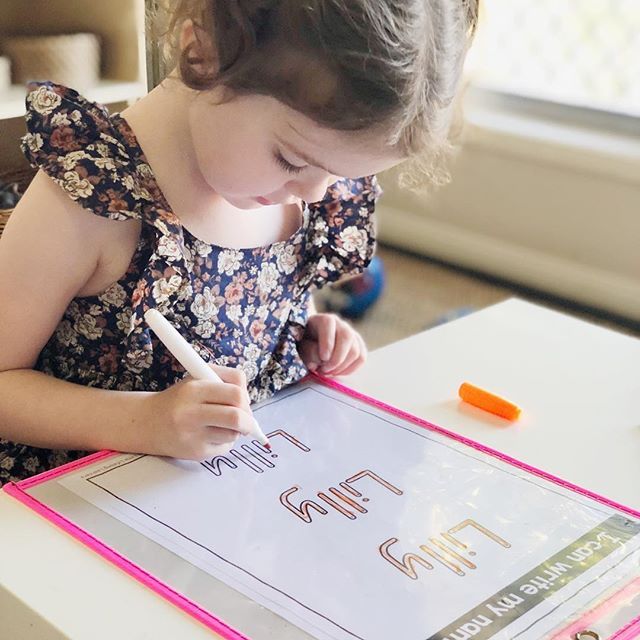
Sit opposite the child and offer him a game. The essence of the lesson is the positive reinforcement of his actions. Call the baby's name as soon as he responds to him, reward him with sweets, a hug or a kiss. Didn't work the first time? Don't despair, this exercise will take time. Say his name, if necessary, repeat it a little louder. No response? Add additional noise in the form of the rustling of a package or a sheet of paper, as soon as the child looks at you after the spoken name, reinforce the result with a pleasant bonus.
The primary task is to teach the child to respond to his name at least 8 times out of 10. After that, you can complicate the situation and move on to the next step. - We fix the result with the complication of the task. Now you need to add noise to the already worked out exercise. Let it be a TV, a couple of toys in the background.
Start by having the child respond to the name and look at you after you say it. Try again if necessary, speak louder. Help yourself with additional sounds and arm waving. Having the experience of past classes, the child will adapt to new circumstances and complete the task.
Help yourself with additional sounds and arm waving. Having the experience of past classes, the child will adapt to new circumstances and complete the task.
At the same time, having received the desired 2 times in a row, give the child time to be distracted by a game or other activity. Otherwise, the baby simply will not have time to switch and will receive a reward not for the reaction, but for eye contact without accompanying conditions.
By the end of the practical lessons, the baby should be able to respond to his name 8 times out of 10 without additional sound stimuli and hand signals from the parents. - Practice in the outside world. If before that your task was to
- to stimulate the child to certain actions, now the goal of the lesson is to switch the child's attention to the sound of his name.
Do the exercise while he is playing or looking out the window while driving. If circumstances allow, then stand next to the baby and say his name, repeating it until you get the necessary reaction.
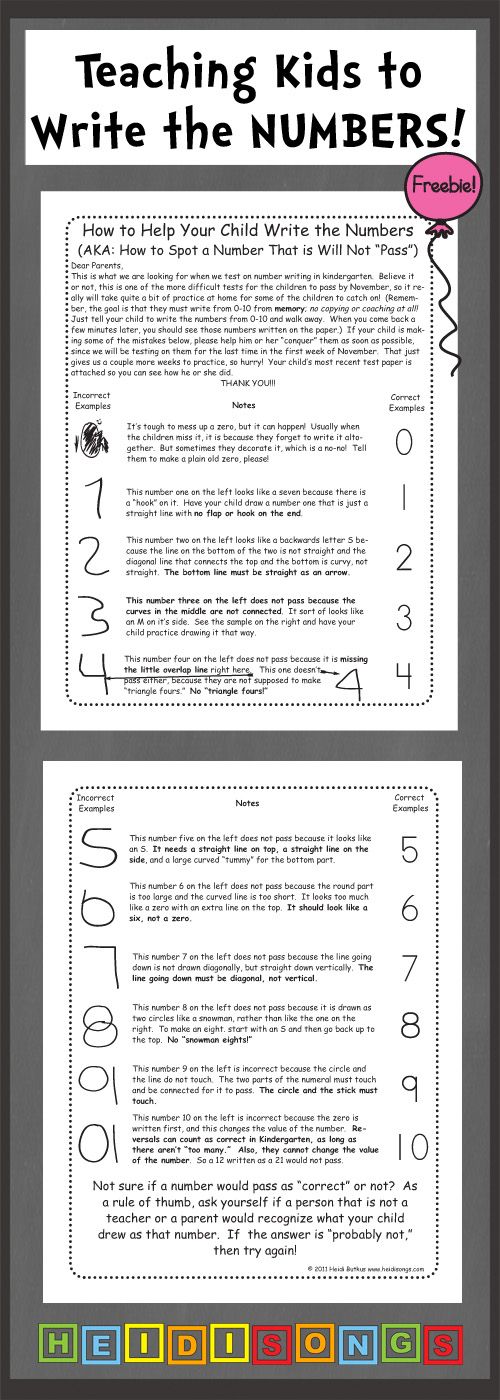 Happened? Reward the child in the same way as you did before. If he is having trouble, then help him change the volume of his voice or get his attention with your behavior. However, the number of such tricks must be reduced.
Happened? Reward the child in the same way as you did before. If he is having trouble, then help him change the volume of his voice or get his attention with your behavior. However, the number of such tricks must be reduced.
Gradually you will be able to get the reaction of the child, even if you are in another room.
This is a long and laborious process, however, the attention and love of parents will help the child overcome difficulties. It is also worth remembering that even children without developmental delays do not always respond to their own name. Therefore, do not try to bring the results to 10 out of 10.
Read also: Restoration of speech and voice after coronavirus
If the problem is rooted in autism, then the actions will be similar in many ways. However, in addition to sound stimuli, it is important to add tactile contact.
- If the child is not 100% absorbed in what he is doing, come and touch him.
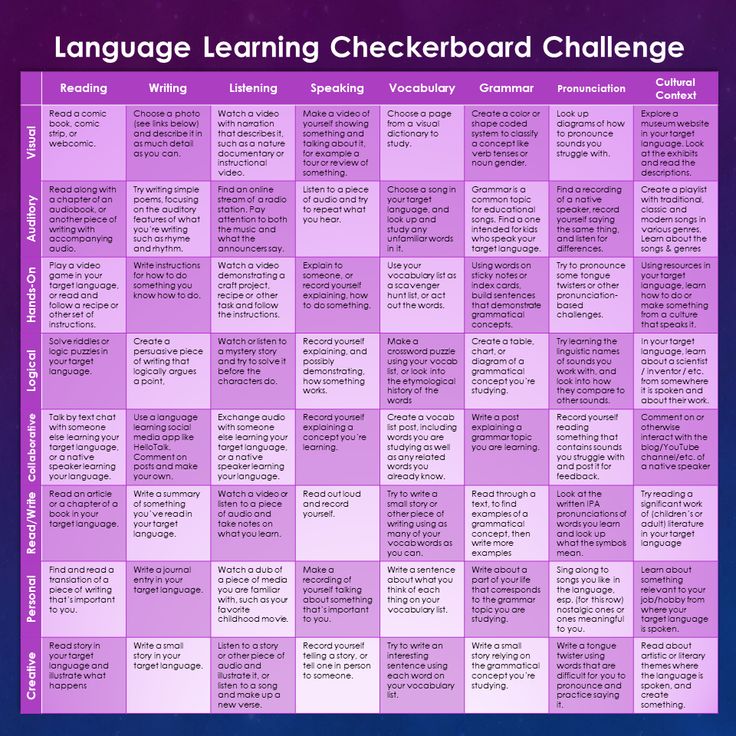
- Say his name and immediately tap him on the shoulder. Sometimes it is possible to gently lift his head by the chin, so that he looks directly at you. Most importantly, do not try to achieve eye-to-eye contact, this will only cause severe discomfort and destroy all motivation for the reward.
- If the child looks in your direction, even by accident, say his name and praise him for responding to it.
Such a game should become a part of life and be repeated 10-50 times or more. The purpose of the interaction is to get the baby to react before you say his name, pat on the shoulder or turn his head.
Similar practices are used both in sessions with specialists and in home practice. Depending on the abilities of the baby, stable results can be obtained in a few hours or days.
Speech therapists will help to identify the cause of behavior when the child does not respond to his name, they will offer the best course of development. Under the close supervision of a doctor, you will achieve quick and sustainable results, because in addition to general recommendations and practices, you will receive individual advice and tools for interacting with your child.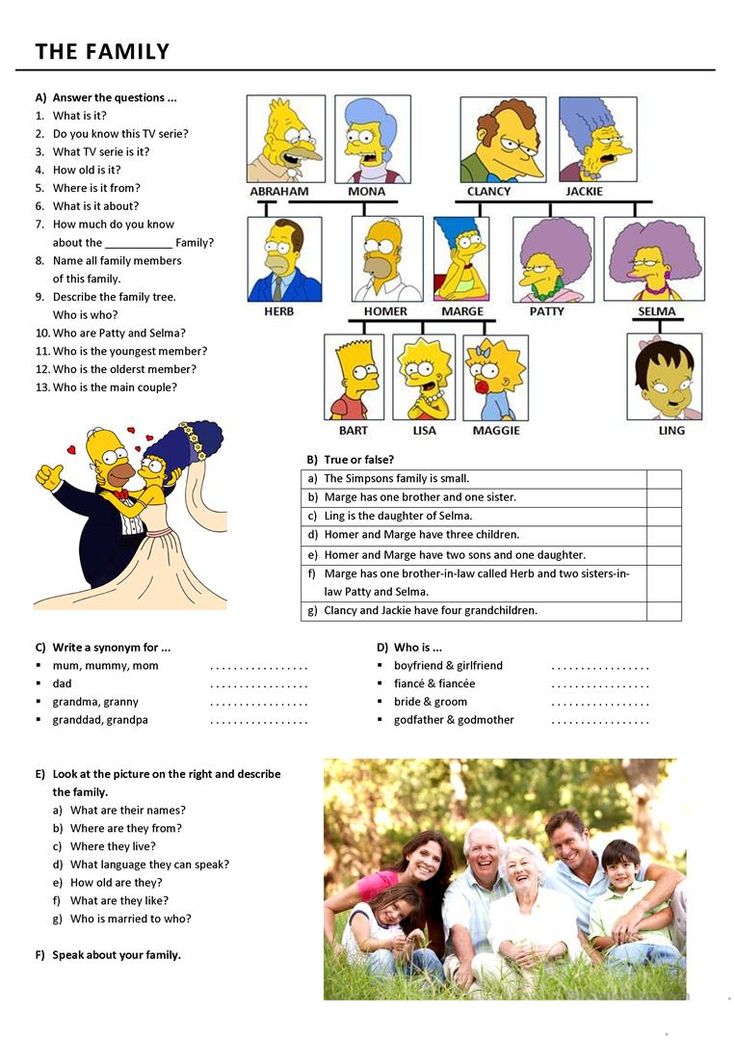 And endless love and constant change of places will help the baby to better adapt in this world and learn to hear his name.
And endless love and constant change of places will help the baby to better adapt in this world and learn to hear his name.
Publication date: 09/21/2021. Last modified: 08/02/2022.
Development calendar: what a child should be able to do at 6 years old
Six-year-olds are on the verge of an important step - entering school. So that the child does not experience difficulties in the process of adapting to new conditions, and learning is easy, at this age it is necessary to pay special attention to the comprehensive development of the baby. In this article, we will tell you about the features of the physical, cognitive and socio-communicative development of children of 6 years old, as well as what skills and abilities it is desirable to form in a child before school.
Ideas about the world around
By the age of 6, a child accumulates quite a lot of life experience, which forms his idea of the world around him. The baby receives a lot of information from books, cartoons, walks, conversations with adults and games with peers.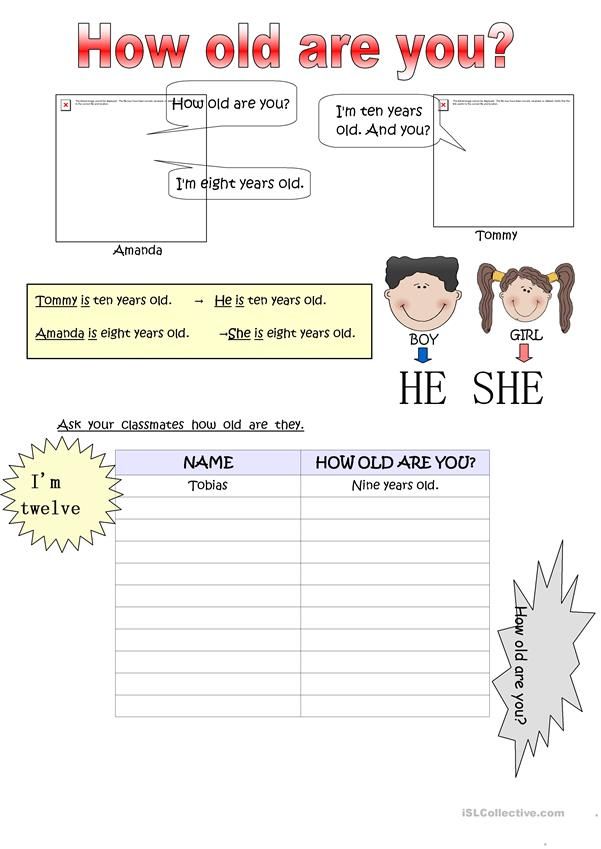 A six-year-old child must know:
A six-year-old child must know:
- His first and last name;
- Your address;
- Names of parents;
- Seasons and signs thereof;
- Names of months and days of the week;
- Names of animals, birds, fish, insects, plants, vehicles, furniture, utensils, electrical appliances, etc.
Peculiarities of thinking of 6-year-old children
In general, the thinking of a 6-year-old child is characterized by figurativeness, children of this age are able to find non-standard and original solutions to problems, come up with something new. Thanks to the developed imaginative thinking, kids create the most interesting drawings and crafts, build complex Lego structures and much more.
At preschool age, it is important to develop in a child not only the ability to act according to a ready-made model, but also to reinforce his desire to think creatively.
Logical thinking is also actively developing. Here are the skills and abilities in the field of thinking that children of 6 years old usually have:
Here are the skills and abilities in the field of thinking that children of 6 years old usually have:
- Fairly good orientation in space;
- Ability to pass labyrinths;
- Solving puzzles, riddles, solving puzzles;
- Comparison of objects by various parameters;
- The ability to find similarities and differences based on the essential features of objects;
- Ability to choose a generalizing word;
- Establishing causal relationships;
- The ability to draw conclusions and inferences.
Development of memory and attention at 6 years old
At 6 years old, a child can concentrate on one lesson for up to 30 minutes, especially if he is interested in it. Attention is still largely involuntary, but voluntary attention is also gradually developed. To improve the level of development of the preschooler's attention, exercises such as "find the differences", "what has changed?", "encryption" will go.
When performing monotonous and uninteresting tasks, a preschool child inevitably loses concentration. Therefore, it is necessary to interest him and take breaks in time to give the baby a break.
In six-year-old children, involuntary memory prevails over voluntary. But the amount of memory at this age is already large enough so that the child can memorize long poems and retell texts.
Speech development
The speech of a 6-year-old child is quite clear, by this age he should learn to pronounce all sounds correctly. If the speech of a baby of this age is incomprehensible, it is imperative to seek help from a speech therapist, since in the future the production of sounds will be more difficult.
The vocabulary of a six-year-old child is quite large. In a conversation, children of this age use all parts of speech, they are able to build complex and at the same time grammatically coherent sentences, select words that are similar and opposite in meaning (that is, synonyms and antonyms).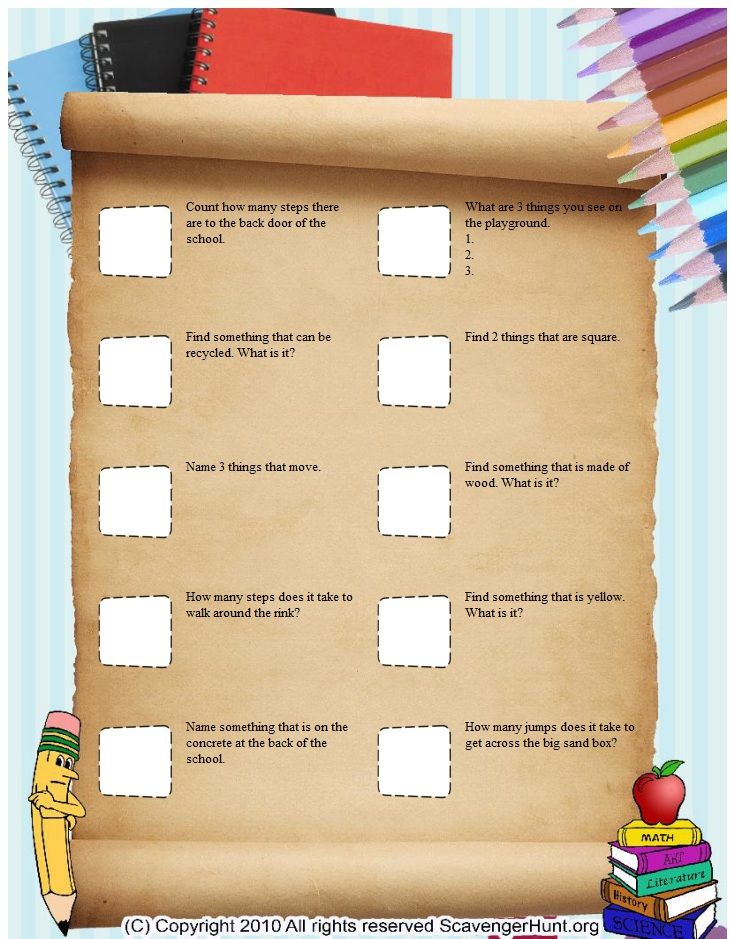 The intonational side of speech is also actively developing: with the help of the power of the voice, the rate of speech, six-year-olds are able to subtly convey emotions. Dialogic speech of older preschoolers is better developed than the ability to conduct a monologue. If you see that in the process of the story the child's thoughts are confused, you can help him with questions or clarifications.
The intonational side of speech is also actively developing: with the help of the power of the voice, the rate of speech, six-year-olds are able to subtly convey emotions. Dialogic speech of older preschoolers is better developed than the ability to conduct a monologue. If you see that in the process of the story the child's thoughts are confused, you can help him with questions or clarifications.
A six-year-old can develop coherent speech with simple games that can be played both at home and on walks, on the way to kindergarten or while driving. Ask the kid to tell what objects he sees, what passers-by do, what the street looks like. Together with your child, come up with different stories, completing sentences for each other. These games are very useful, simple and interesting for preschoolers.
Development of fine motor skills at 6 years old
By the age of 6 a child develops the following skills:
- Hold a pen correctly;
- Stroke nicely with dots;
- Draw by cells;
- Draw straight and wavy lines without lifting your hand;
- Sculpt compositions with small details from plasticine;
- Cut with scissors;
- Thread a needle.
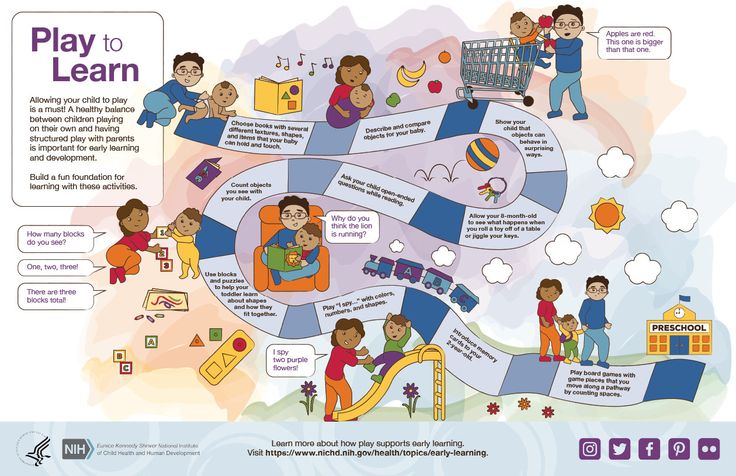
Watch the video on how to develop fine motor skills in children 6 years old:
Gross motor skills
A six-year-old child is well developed physically. He skillfully controls his body, and his movements are quite coordinated. In the field of gross motor skills, a 6-year-old child can:
- Walk along the line and crossbar;
- Jump over obstacles;
- Stand and jump on one leg;
- Hit the ball on target;
- Climbing a rope ladder and more.
Social skills of a six-year-old child
At the age of seven, children develop such important life skills as the ability to work in a team, help, sympathize, negotiate, control their emotions. Children of 6 years old have a fairly wide circle of communication, they feel confident among unfamiliar people (especially in the presence of relatives), they can carry on a conversation with adults.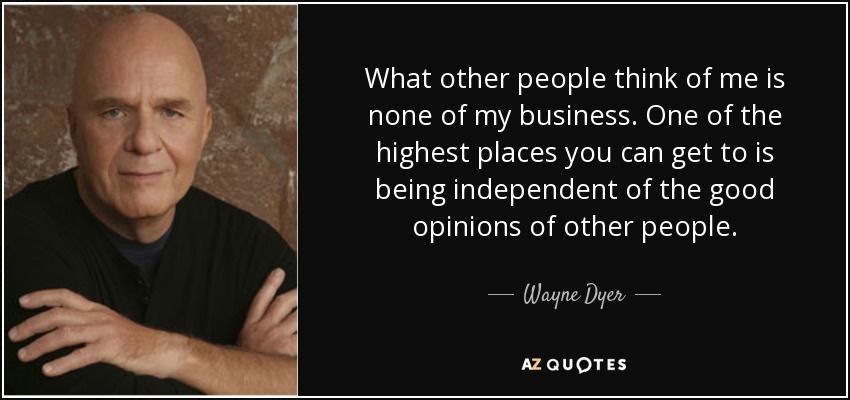 Among their peers, six-year-olds find real friends.
Among their peers, six-year-olds find real friends.
The main skills that contribute to social adaptation are formed in children during the role-playing game - a generalized and simplified version of real adult life.
Conclusions
So, a six-year-old child is already a fully formed personality, with his own interests and ideas about the world. He is well socialized and can follow social norms and rules. His cognitive processes are actively developing: memory, attention, thinking and speech, imagination, fine and large motor skills are being improved. Of course, it is impossible to talk about strict norms for the development of preschool children, but the points described in the article can serve as guidelines for parents. Indeed, in the preschool period, it is especially important to pay attention to the fact that the baby is not doing as well as we would like in order to fill in the gaps in time.
Conclusion
Specially for children of 6-7 years old in the children's Montessori club "Sozvezdiye" a course "Express preparation for school" is opened.